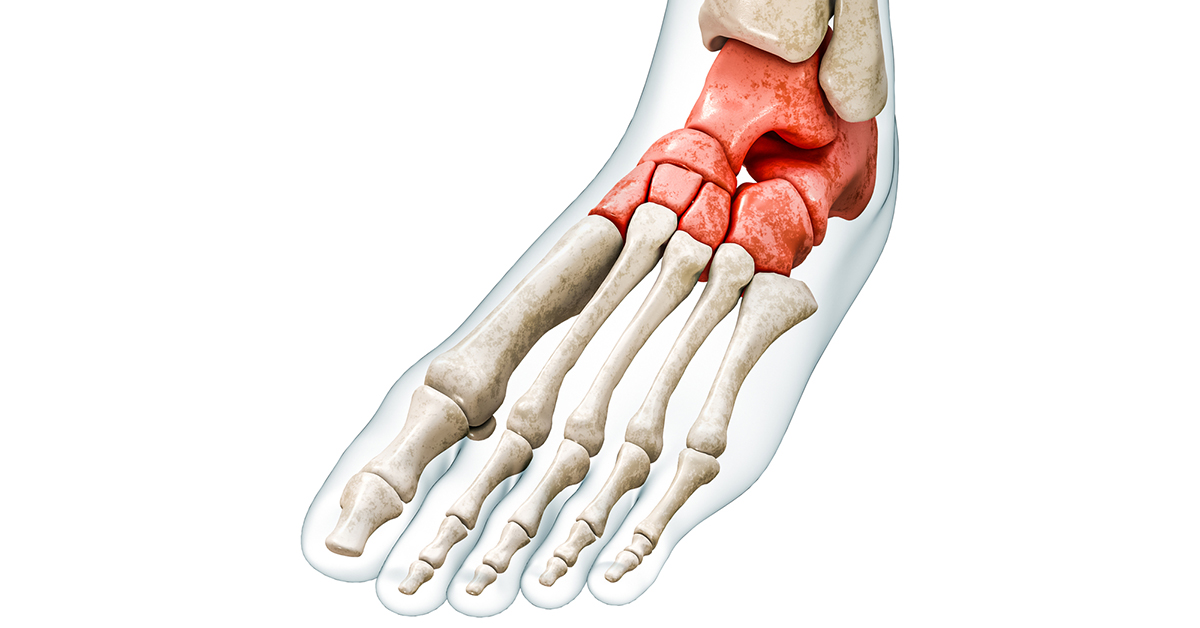
What is Life Like After An Ankle Fusion?
An ankle fusion, also known as ankle arthrodesis, is a surgical procedure often considered when other treatments for severe ankle arthritis or deformity have not been effective. While it can provide pain relief and stability, it also brings significant changes to daily life and mobility. Understanding what to expect post-surgery is crucial for those considering or undergoing this procedure.
Adjusting to Physical Changes
After an ankle fusion, one of the most noticeable changes is in mobility. The ankle joint, which previously allowed for up-and-down movement, becomes rigid. This loss of movement alters how a person walks and engages in physical activities. Initially, there may be discomfort and swelling around the surgical site, which gradually improves over time.
Impact on Daily Activities
Daily activities that involve ankle movement, such as walking on uneven surfaces or climbing stairs, may require adaptation. Simple tasks like driving or standing for extended periods might also feel different due to the altered mechanics of the ankle. Physical therapy plays a crucial role in relearning movement patterns and strengthening surrounding muscles to support the fused joint.
Pain and Comfort
While ankle fusion aims to reduce pain from arthritis or deformity, some discomfort during recovery is typical. This can be managed through pain medications as prescribed by the healthcare provider. Over time, as the bones fuse completely, many patients report a significant reduction in the pain that initially led them to consider surgery.
Long-Term Outlook
Long-term outcomes vary, but many individuals regain a good level of function and are able to resume activities they enjoy. The fused ankle provides stability that can prevent further joint deterioration. However, it's essential to maintain a healthy weight and lifestyle to minimize stress on the joint and reduce the risk of complications.
Emotional and Mental Well-Being
Adjusting to life after an ankle fusion can also impact emotional well-being. It's common to feel frustrated or impatient during recovery, especially when progress seems slow. Staying connected with healthcare providers, participating in physical therapy, and seeking support from friends and family can help manage these challenges.
Conclusion
Life after an ankle fusion involves adaptation and patience as the body adjusts to the surgical changes. While it may require modifications to daily activities and a period of rehabilitation, many people find significant relief from pain and improved mobility. Understanding what to expect and actively participating in recovery can contribute to a successful outcome.
For anyone considering ankle fusion surgery, consulting with a qualified orthopedic surgeon is essential to discuss individual circumstances, expectations, and the potential benefits and risks associated with the procedure.
This article aims to provide insights into the post-operative experience following ankle fusion surgery, addressing both the practical adjustments and the emotional aspects of recovery.





